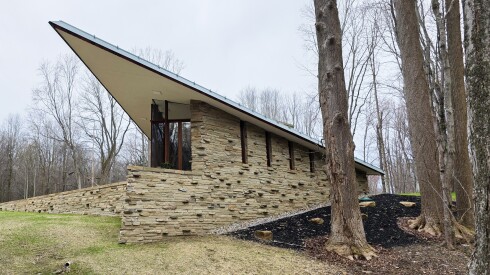One can only imagine the royal gossip exchanged behind the pink sandstone screen of Jaipur’s Hawa Mahal when women of the royal household gathered on the upper floors of the five-story palace to watch street festivals below while they remained invisible to the outside world. Built in 1799 by Maharaja Sawai Pratap Singh as an extension to the Royal Palace, the iconic structure reflects the maharaja’s devotion to Lord Krishna as its honeycomb pattern resembles the Hindu god’s crown. Intricate stone inlays and filigree work reminiscent of Islamic architecture blend with floral patterns and fluted pillars to make it one of the finest examples of Rajput design. Named “Palace of Winds” for a clever cooling system that sent breezes through the inner rooms during the intense Rajasthan summers, the Hawa Mahal remains the Pink City’s most distinctive landmark even lacking the winds for which it was named. (In modern times, the clever cooling design was lost when a renovation added windows behind each of the lattice openings.) A small museum offers small paintings, ceremonial relics, and other souvenirs evocative of Jaipur’s royal past.
More Recommendations
Jaipur's Hawa Mahal: A Royal Window on the World
One can only imagine the royal gossip exchanged behind the pink sandstone screen of Jaipur’s Hawa Mahal when women of the royal household gathered on the upper floors of the five-story palace to watch street festivals below while they remained invisible to the outside world. Built in 1799 by Maharaja Sawai Pratap Singh as an extension to the Royal Palace, the iconic structure reflects the maharaja’s devotion to Lord Krishna as its honeycomb pattern resembles the Hindu god’s crown. Intricate stone inlays and filigree work reminiscent of Islamic architecture blend with floral patterns and fluted pillars to make it one of the finest examples of Rajput design. Named “Palace of Winds” for a clever cooling system that sent breezes through the inner rooms during the intense Rajasthan summers, the Hawa Mahal remains the Pink City’s most distinctive landmark even lacking the winds for which it was named. (In modern times, the clever cooling design was lost when a renovation added windows behind each of the lattice openings.) A small museum offers small paintings, ceremonial relics, and other souvenirs evocative of Jaipur’s royal past.
Hawa Mahal - Palace of Winds
When you are stuck in traffic in India, and you hear on the radio that ‘today you are in the second hottest place on Earth,’ very few things are going to cheer you up. This was my plight as I was attempting to navigate my way through Jaipur back to my hostel. Between the crowds, the traffic, the incessant horn honking, the stifling heat and the occasional sacred cow wandering through an already congested intersection, I was so deep in my ‘India experience’ that I was taken aback when I glanced up at this wonderful structure and suddenly smiled. I ditched the cab to learn more about my new favorite building. Built in 1799, Hawa Mahal has 953 tiny little windows that are covered in incredibly ornate latticework. I pondered the reasoning behind this, and referred to my guidebook to learn that these were all viewing windows through which the female royals could safely observe everyday society while still having their faces concealed. As I stood gazing upward, I wondered what it would have been like, back in the day, to be a commoner on the street looking up at all the little ‘hidden faces’ in the Palace of Winds. Who are they? What is their story? Would they rather be out here with me? What is it like inside? While I was unable to answer the first three questions, I was able to do something about the last one. The entrance is not in front, but from a side rear doorway. Head to Jaipur, visit Hawa Mahal, take a peek out the window, and enjoy your royal vantage point.
The Royale Rajasthan
Rajasthan the most colorful state of India remains one of the best place to travel when in India. The land of Kings and Kingdoms, its vivid and colorful culture makes your travel memorable. This particular place called Hawa Mahal is one of many attraction of Jaipur City, situated in the heart of Rajasthan. This is a centuries old palace literally means a palace with thousands of windows, built beautifully, a piece of marvelous architecture. Serene environment takes you into the royale life of then king of Jaipur, a walk into the palace makes you feel like a king. A must Visit if you are in Rajasthan.
The Pink City
It feels like a living ancient city, in terms of the architecture.
Screen Play
Along the main shopping street in Jaipur lies this recognizable and incredibly beautiful piece of architecture. The Hawa Mahal, or Palace of the winds was constructed, like many intricate screens of the Mughal times, to allow women to see the activities men partook in, dancing, shopping, parties, etc, but not be seen. I preferred being on the outside looking in.

























